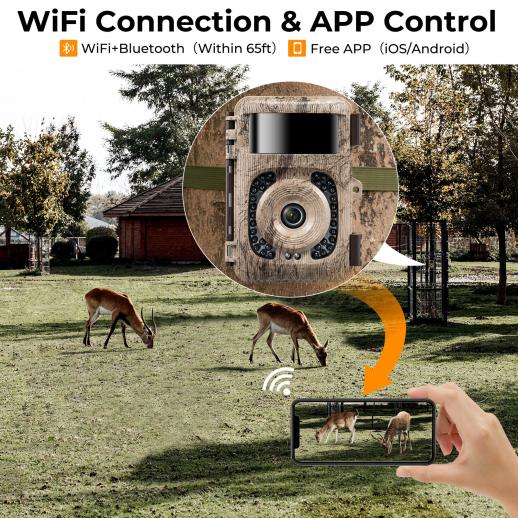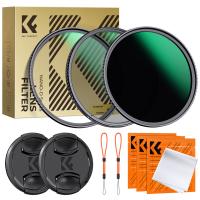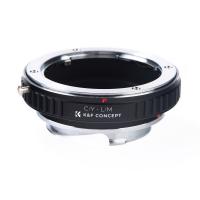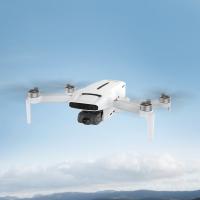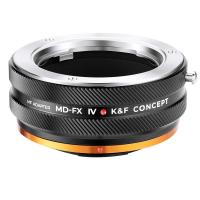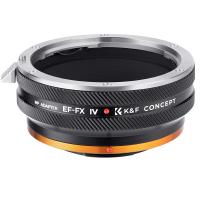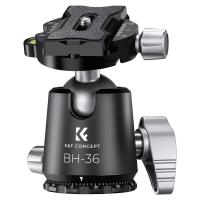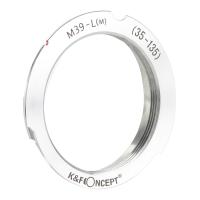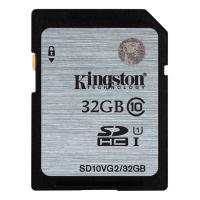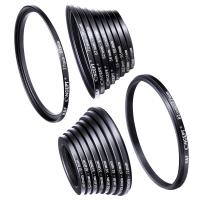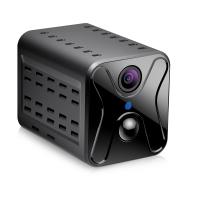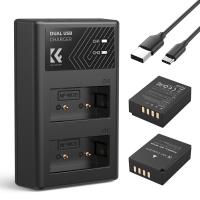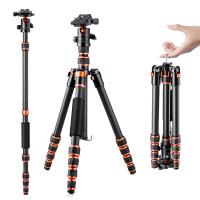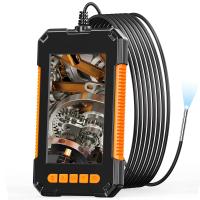Trackable Trail Cameras
Buy 3 Get 18% OFF
Buy 5 Get 20% OFF
Buy 3 Get 18% OFF
Buy 5 Get 20% OFF
- * KF35.133 =KF35.127S1=KF35.127V1+KF28.0011*2+KF42.0013 High-quality video recording with infrared filter unit:The trackable trail camera comes with a fully automatic infrared filter unit that ensures high-quality video recording even in low light conditions.
- * Easy to install with strap and tree nail bracket:The camera can be easily installed using the strap and tree nail bracket, making it convenient to set up in any location.
- * Long battery life with external alkaline battery:The camera is powered by 8PCS LR6(AA) alkaline batteries, providing a long battery life of up to 6V.
- * Wide range of thermal IR sensitivity:The camera has a thermal IR sensitivity of 65ft/20m, making it ideal for tracking wildlife and capturing clear images and videos.
- * Powerful infrared fill lights with 940nm wavelength:The camera features 34pcs infrared fill lights with a 940nm wavelength, providing powerful illumination for night-time recording without disturbing wildlife.
Buy 3 Get 18% OFF
Buy 5 Get 20% OFF
Trackable trail cameras are specialized cameras that are designed to capture images or videos of wildlife or other outdoor activities. These cameras are equipped with GPS technology that allows them to be tracked remotely. They are commonly used by hunters, wildlife researchers, and outdoor enthusiasts to monitor animal behavior, track game, or simply capture images of nature.
Trackable trail cameras are typically battery-powered and can be set up in remote locations for extended periods of time. They are designed to withstand harsh weather conditions and are often equipped with infrared sensors that can detect movement and trigger the camera to take a photo or video.
The GPS technology in trackable trail cameras allows users to remotely monitor the camera's location and receive alerts when the camera is triggered. This can be especially useful for hunters who want to track game or researchers who want to monitor animal behavior without disturbing their natural habitat.
Overall, trackable trail cameras are a valuable tool for anyone who wants to capture images of wildlife or monitor outdoor activities in remote locations.
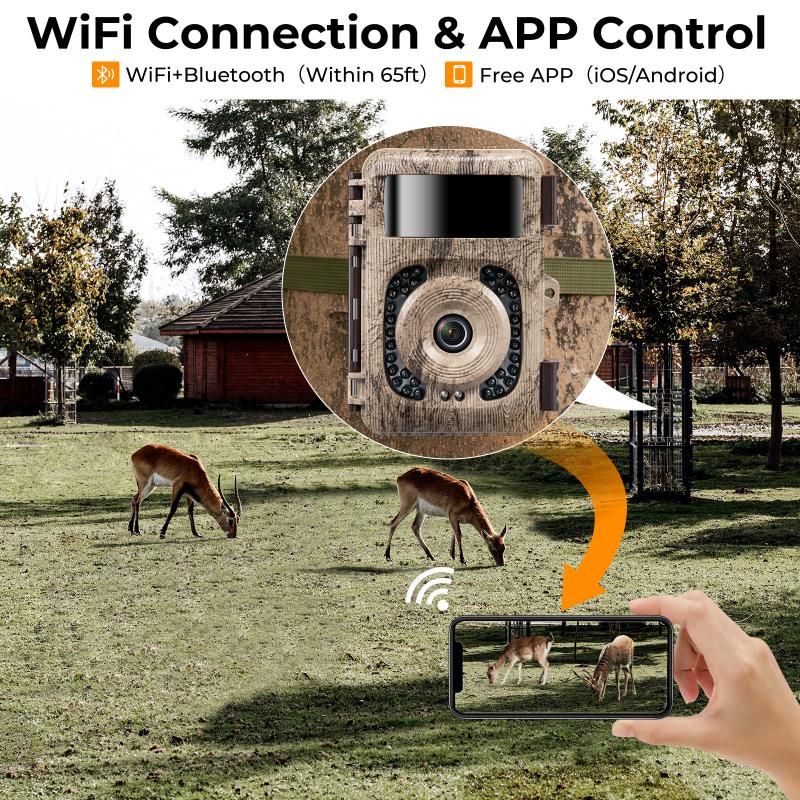
Application Scenarios:
1. Wildlife Monitoring: Trackable trail cameras can be used to monitor wildlife in their natural habitats. The cameras can be set up in remote locations and programmed to take pictures or videos when motion is detected. This can help researchers and conservationists to study animal behavior, population dynamics, and habitat use.
2. Hunting: Trackable trail cameras can also be used by hunters to scout for game. The cameras can be set up in strategic locations to capture images of deer, elk, or other game animals. This can help hunters to identify patterns of movement and determine the best places to set up blinds or tree stands.
3. Security: Trackable trail cameras can be used for security purposes, such as monitoring remote properties or construction sites. The cameras can be set up to send alerts to a mobile device or computer when motion is detected, allowing property owners or security personnel to respond quickly to potential threats.
4. Outdoor Recreation: Trackable trail cameras can be used by outdoor enthusiasts to capture images and videos of their adventures. The cameras can be mounted on helmets, bikes, or other equipment to capture first-person perspectives of activities such as mountain biking, hiking, or skiing.
5. Research: Trackable trail cameras can be used by researchers to study a variety of phenomena, such as plant growth, weather patterns, or erosion. The cameras can be set up to take pictures at regular intervals, allowing researchers to track changes over time.
6. Education: Trackable trail cameras can be used in educational settings to teach students about wildlife, ecology, and conservation. Students can use the cameras to capture images and videos of animals in their natural habitats, and then analyze the data to learn more about animal behavior and habitat use.

Maintenance:
1. Regularly clean the camera lens and sensors: Trackable trail cameras are often used in outdoor environments where they can be exposed to dirt, dust, and other debris. It is important to regularly clean the camera lens and sensors to ensure that they are free from any obstructions that could affect the quality of the images or videos captured.
2. Check the battery life: The battery life of trackable trail cameras can vary depending on the model and usage. It is important to regularly check the battery life and replace the batteries as needed to ensure that the camera is always operational.
3. Update the firmware: Manufacturers often release firmware updates for their cameras to improve performance and fix any bugs or issues. It is important to regularly check for firmware updates and install them as needed to ensure that the camera is operating at its best.
4. Store the camera properly: When not in use, it is important to store the camera in a dry, cool place to prevent any damage from moisture or extreme temperatures. Additionally, it is important to store the camera in a protective case or bag to prevent any scratches or other damage.
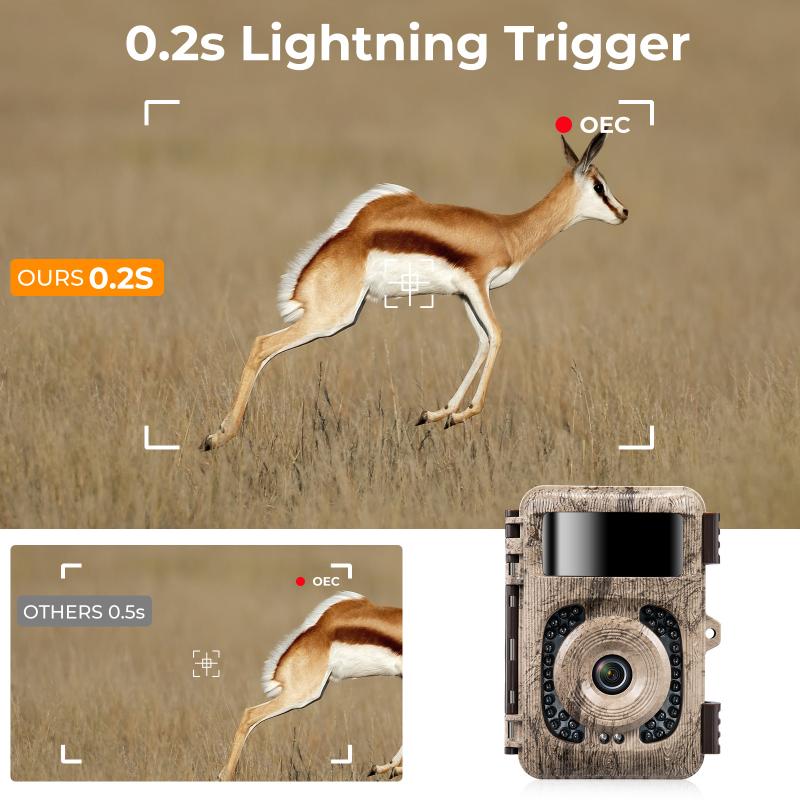
Product features:
1. GPS Tracking: A trackable trail camera should have GPS tracking capabilities to allow users to track the camera's location remotely. This feature is essential for hunters and wildlife enthusiasts who want to monitor animal movements and behavior.
2. Wireless Connectivity: The camera should have wireless connectivity options such as Wi-Fi or cellular connectivity to allow users to remotely access the camera's footage and settings. This feature enables users to monitor the camera's activity and receive real-time alerts when the camera detects movement.
3. High-Quality Images: The camera should have high-quality image capture capabilities to ensure that users can capture clear and detailed images of wildlife. The camera should have a high megapixel count, advanced image processing technology, and a high-quality lens to ensure that images are sharp and detailed.
4. Durable Design: A trackable trail camera should be designed to withstand harsh outdoor conditions. The camera should be waterproof, dustproof, and shockproof to ensure that it can withstand extreme weather conditions and rough handling.
5. Long Battery Life: The camera should have a long battery life to ensure that it can operate for extended periods without needing to be recharged. The camera should have a high-capacity battery and energy-efficient features such as motion detection and sleep mode to conserve battery life.
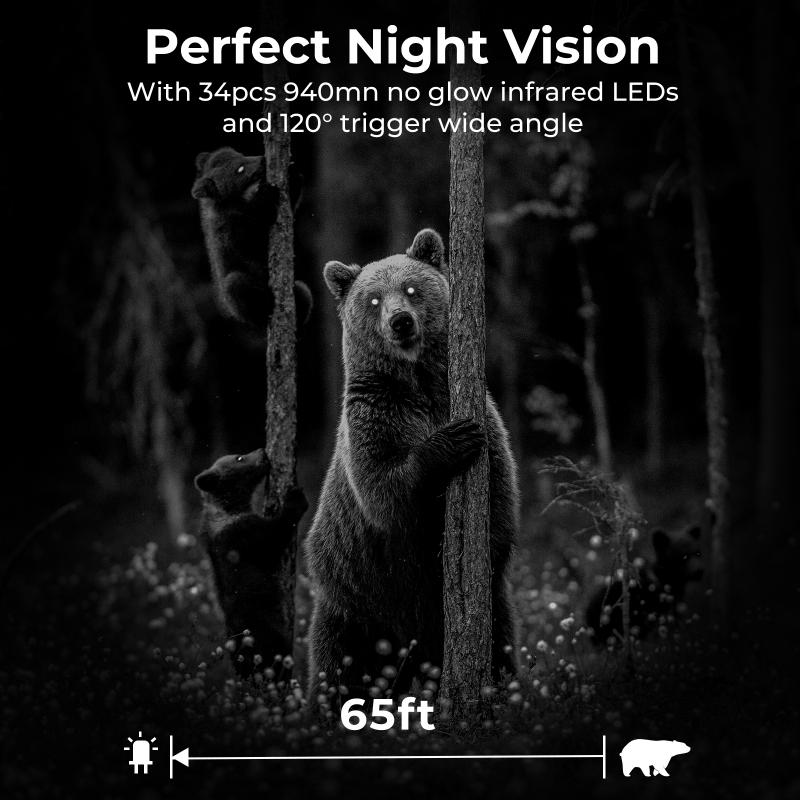
Common problems:
1. Error: The camera is not capturing any images or videos.
Solution: Check if the camera is turned on and has enough battery life. Ensure that the camera is properly mounted and aimed at the desired location. Check if the memory card has enough space and is properly inserted.
2. Error: The camera is capturing blurry images or videos.
Solution: Check if the lens is clean and free from any obstructions. Adjust the focus of the camera if necessary. Ensure that the camera is mounted securely to prevent any movement or shaking.
3. Error: The camera is not detecting any motion.
Solution: Check if the motion sensor is properly positioned and aimed at the desired location. Adjust the sensitivity of the motion sensor if necessary. Ensure that there are no obstructions blocking the motion sensor.
4. Error: The camera is capturing images or videos with incorrect date and time stamps.
Solution: Set the correct date and time on the camera. Ensure that the camera's internal clock is accurate and adjust it if necessary. Check if the time zone is set correctly.
5. Error: The camera is not connecting to the mobile app or Wi-Fi network.
Solution: Check if the camera is within range of the Wi-Fi network. Ensure that the Wi-Fi network is working properly. Check if the mobile app is up to date and compatible with the camera. Reset the camera and try connecting again.
6. Error: The camera is capturing images or videos with poor quality.
Solution: Check if the camera settings are set to the appropriate resolution and quality. Adjust the exposure, white balance, and other settings if necessary. Ensure that the camera lens is clean and free from any obstructions.
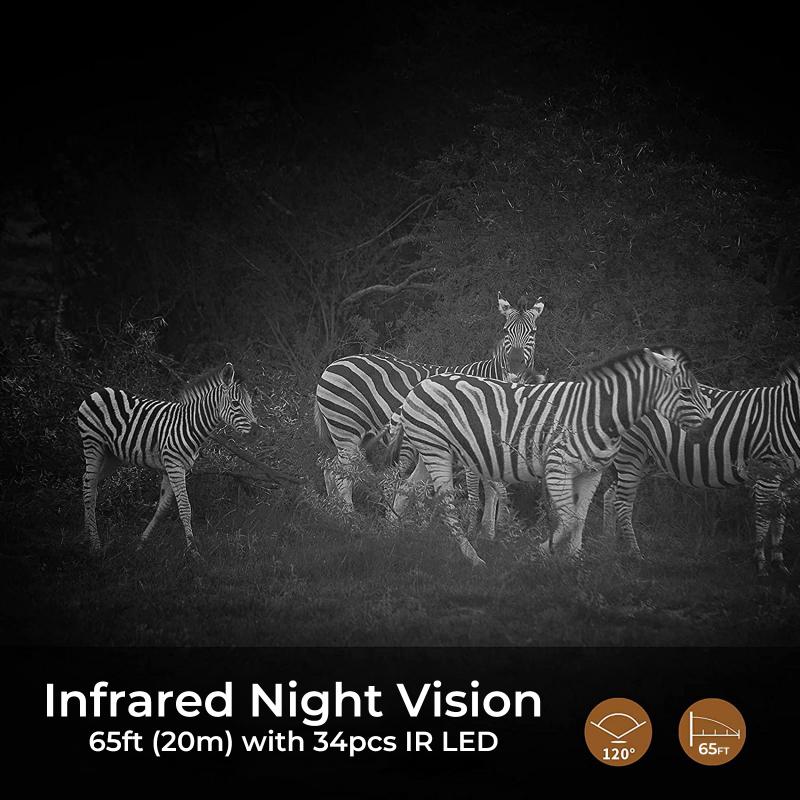
Product parameters:
Infrared filter unit : Fully automatic
Working mode : Video
External alkaline battery specification : 8PCS LR6(AA) Battery: 6V
APP name : TrailCamera Wifi
Lens : f=4.0mm F/NO=2.0 FOV=90°
Watermarking of camera names : Support
Thermal IR Sensitivity : 65ft/20m
Live function : APP real-time preview
Number of IR fill lights : 34pcs infrared fill light; 940nm
Attachment methods : Strap + tree nail bracket
- All Reviews
- Image

